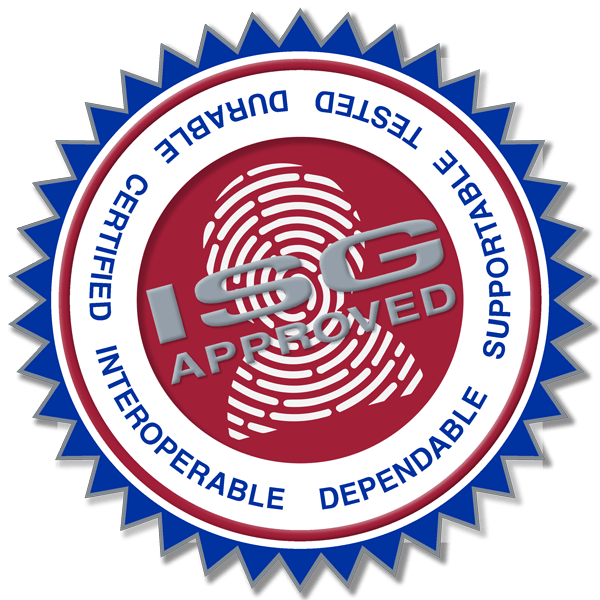Re-posted with permission from Campus Safety Magazine and edited.
Hospitals, schools and universities must be prepared for emergencies, and an instant notification system is a valuable tool that can help campuses respond quickly when disaster strikes.
Optimism is highly valued in our society, but being an optimist is not always optimal. This is especially true in the life safety industry where planning for the worst and hoping for the best is really the most effective way to bring about the best possible outcome in many situations.
Catastrophic emergencies, such as active shooters, are still very rare. It is very unlikely that you or those your love will be involved an active shooter incident on any particular day, week, month, year or lifetime. However, that does not mean that it is not important to plan for one in advance.
Negative Thinking Can Save Lives
While any facility could be affected, the most likely targets for violence, such as schools, hospitals and other areas where large numbers of people congregate, need to be especially vigilant. Preparedness not only makes crisis responses more effective, it also serves as a deterrent to the crisis ever occurring. This is the positive power of negative thinking.
One of the most important aspects of any crisis management plan is how to call for help quickly and efficiently. For many facilities, relying on personnel or the public dialing 9-1-1 is not enough. It takes time to make a 9-1-1 call. It is answered by a dispatch center that might be many miles away. The dispatch center may be shared by several municipalities, and the individual who answers the phone may not be familiar with the location of the emergency. The person making the call is actively involved in an emergency and will not be able to communicate as clearly and quickly as when there is no catastrophic disruption occurring around them.
In fact, having your communication with first responders rely on a 9-1-1 call adds around five minutes to the response time to the incident.
Sometimes the way on-site first responders call 9-1-1 is inefficient. There might be law enforcement officers that are specifically assigned to protect a facility. There could be campus police or contract security officers who are responsible for a campus or group of campuses.
Instant Notification Systems Speed Up Process
A fast and effective way to communicate with first responders is over the two-way radios that they already carry. Some types of panic button systems provide this functionality. These systems are often known as instant notification systems. They transmit a pre-recorded, detailed message over the radio as soon as a panic button is triggered. Where there are officers on-site, this is an obvious and welcome way to ensure that fast, clear and effective communication happens at the outset of an emergency. Even when there are no officers specifically assigned to a facility, many law enforcement agencies, including the local police department, are willing to allow vulnerable facilities, such as schools, to access their radio network in an emergency.
In emergency situations, every second counts. Feature-rich and effective instant notification systems can shave minutes off of emergency response times and are the fastest way to contact law enforcement and other first responders in an emergency situation.
Ask About Our ISG Solutions
The Identification Systems Group offers proven emergency management solutions for schools, hospitals, colleges, universities, government agencies and more. Contact us today to connect with your local ISG dealer to see a demo or request a quote.
Original article written by Juliana Goldenberg for Campus Safety Magazine


